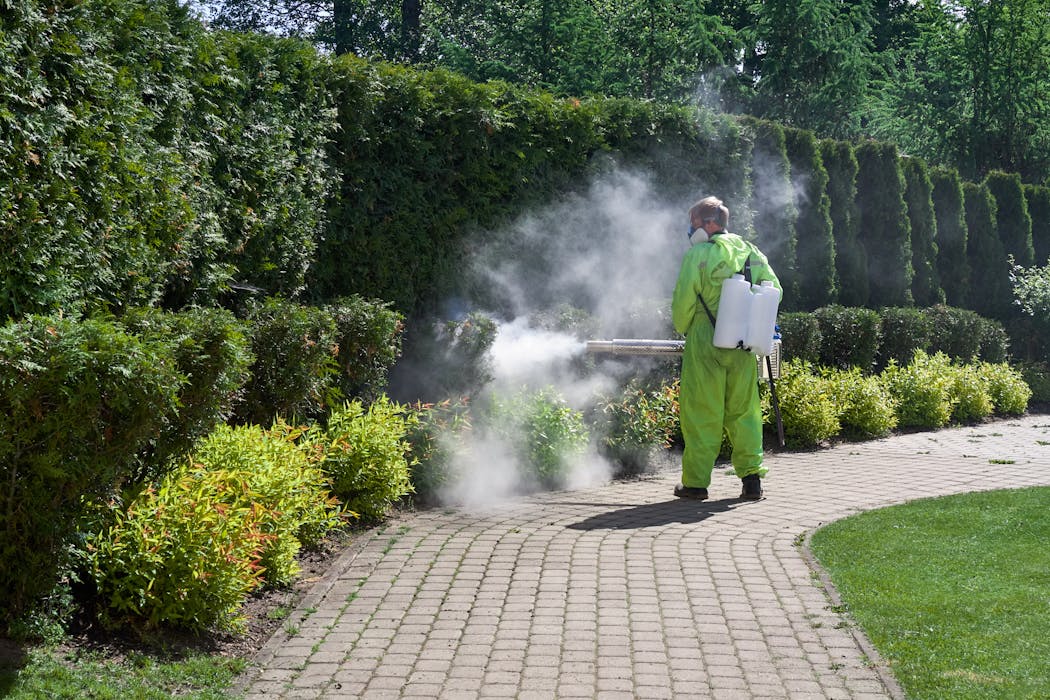
Most environmental scientists believe that chemical pollution can and is negatively affecting people and wildlife, according to my team’s recent survey.
We surveyed 166 environmental scientists across academia, government and industry and found that industry scientists working in environmental toxicology were reluctant to use behavioural studies when assessing the risk posed by chemicals. There are several possible reasons for their reticence.
As a society we have known for centuries that chemical pollutants can affect our behaviour. The terms “mad as a hatter” and “crazy as a painter” entered the English language due to observations of psychotic behaviour caused by occupational exposure to mercury and lead. Around the world, lead has been removed from water pipes because it can reduce cognitive ability in children.
Restrictions of alcohol and drug consumption exist while people are driving because it increases the risk of accidents. But previous research highlights that behaviour is rarely used to assess the effects of pollution on wildlife.
There are approximately 350,000 different chemicals in everyday domestic and industrial use. Before these chemicals are licensed for use, governments or industries conduct experiments to assess the potential risk to the environment.
Unfortunately in many incidences, chemicals have reached the market without a thorough assessment of the harm they may cause to the environment. That includes plastic additives – chemicals added to plastics to give them certain properties such a flexibility, heat resistance, colour and UV protection.
Scientists have estimated that there are over 16,000 chemicals known to be within plastics or used to make them. Two-thirds of these chemicals do not have sufficient data on their toxicity.
Toxicity tests typically involve a limited number of animals including fish, crustaceans and algae. They are exposed to particular chemicals to assess their effects on survival, growth and reproduction. As as means of protecting the wider environment, risk assessments determine what the safe levels of these chemicals might be in the environment.

However, they aren’t assessed to determine whether they change an animal’s behaviour. Studies into the effects of prescribed and illegal drugs taken to deliberately alter human behaviour has driven questions over their environmental consequences.
Many pollutants that mimic and act like hormones also alter behaviour. For example, synthetic oestrogens and androgens can alter the reproductive behaviour of fish. Antidepressants and anti-anxiety medications alter the behaviour of many aquatic organisms.
An animal’s behaviour is critical to its survival. A split-second decision while driving on the road may cause or prevent a traffic collision and could mean the difference between life or death. Similarly, if an animal isn’t behaving normally, it might struggle to escape predators, find food or attract mates.
Reasons for reluctance
We found there could be many reasons why industry toxicologists are reluctant to embrace behavioural studies.
First, industry scientists were more sceptical that behavioural studies are repeatable. Some expressed concern about the reliability of toxicity metrics.
While some scientists share these concerns, efforts are being made internationally to standardise methodology. The pharmaceutical industry already uses behavioural tests in drug design which suggests some acceptance to their credibility.
Second, all of the scientists we questioned agreed that adding behavioural tests to existing chemical contamination assessments would increase costs for both industry and government. Although it may affect profit margins, we argue that not adding behaviour to the suite of tools to assess chemical safety comes with cost to human health and the environment.
Industry may also be apprehensive about adopting behavioural testing due to fear of what scientists may find out about existing chemicals. Could there be a chemical in our everyday products that increases the likelihood of dementia, anxiety or depression?
For example, some scientists are starting to link pollution with incidences of neurological disorders, anxiety and some have correlated even higher rates of crime.
Developing internationally standard toxicity tests can take years if not decades, so existing tests need to incorporate behaviour. This will hopefully reduce time, costs and ethical concerns while at the same time maximising the available information to protect human health and the environment.
Don’t have time to read about climate change as much as you’d like?
Get a weekly roundup in your inbox instead. Every Wednesday, The Conversation’s environment editor writes Imagine, a short email that goes a little deeper into just one climate issue. Join the 45,000+ readers who’ve subscribed so far.
This article is republished from The Conversation, a nonprofit, independent news organization bringing you facts and trustworthy analysis to help you make sense of our complex world. It was written by: Alex Ford, University of Portsmouth
Read more:
- Lobbying in ‘forever chemicals’ industry is rife across Europe – the inside story of our investigation
- PFAS ‘forever’ chemical laws need an overhaul – recent court rulings highlight the loopholes
- How I tracked the biggest hidden sources of forever chemical pollution in UK rivers – new study
Alex Ford has received funding from research councils, european union, regulatory authorities, NGOs and industry


 The Conversation
The Conversation
 Associated Press Top News
Associated Press Top News VTDigger
VTDigger WILX News 10
WILX News 10 Nola Business
Nola Business Hawaii News Now
Hawaii News Now Newsday
Newsday Democrat and Chronicle
Democrat and Chronicle The Week Politics
The Week Politics Edmonton Sun World
Edmonton Sun World Raw Story
Raw Story